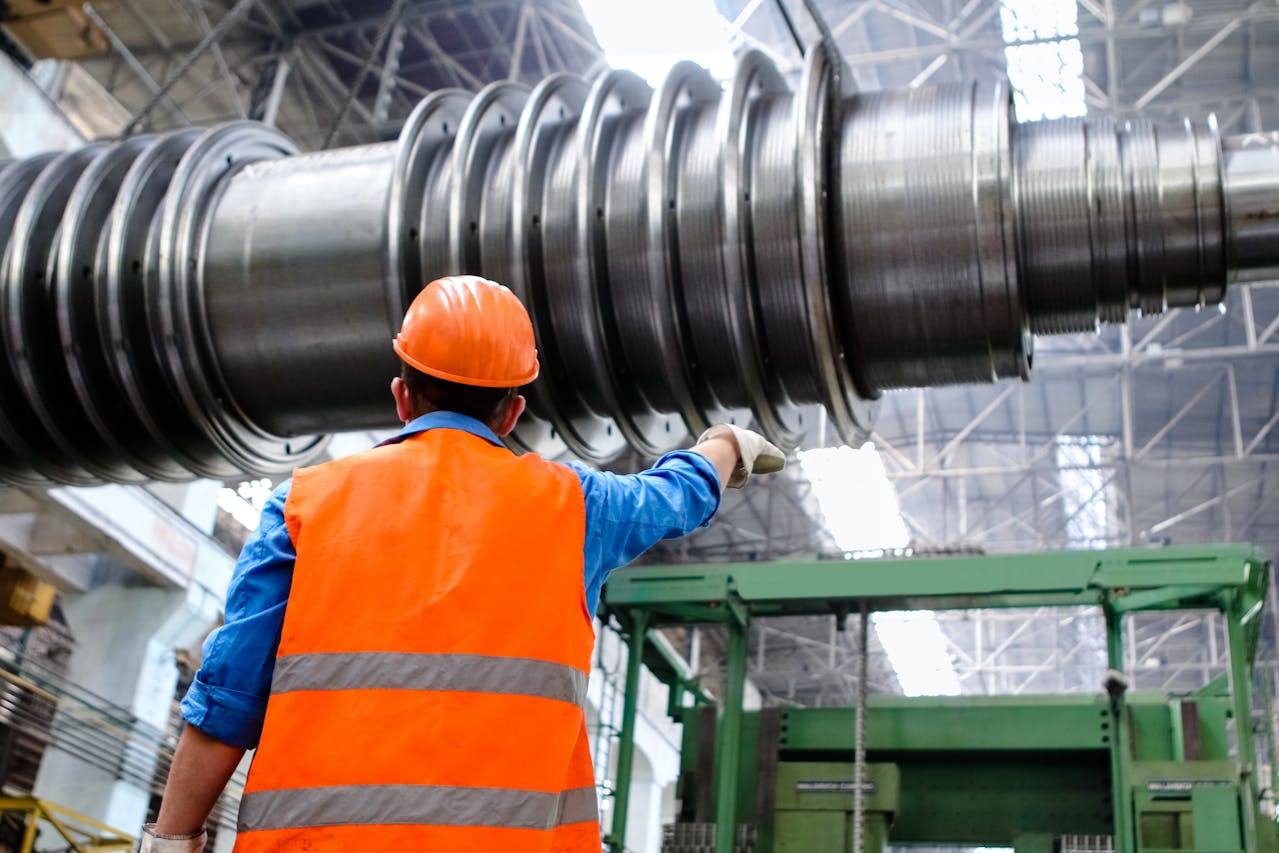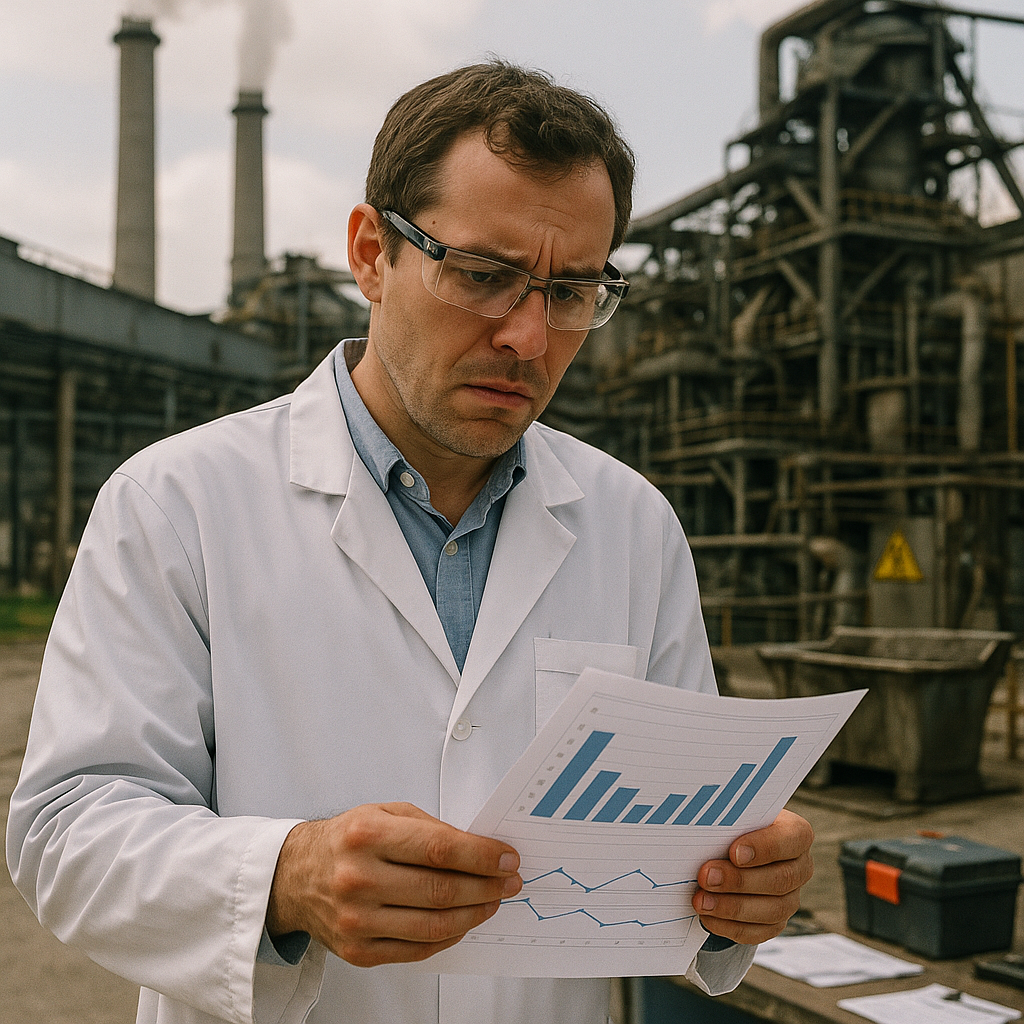5901 Botham Jean Blvd, Dallas, TX 75215
What Are Steel and Aluminum Eco-Initiatives?
June 5, 2025Steel and aluminum eco-initiatives are pivotal transformation efforts within the metals industry, addressing longstanding environmental challenges in metal production. These programs align with global commitments to sustainability and resource conservation.
Eco-initiatives in steel and aluminum primarily focus on three objectives. First, they aim to significantly reduce resource consumption across the production chain. Second, they target lower carbon emissions through innovative technologies and processes. Third, they promote circular economy principles to maximize material reuse and recycling.
The urgency of these initiatives is driven by regulatory pressures and market demands. With steel and aluminum production accounting for about 8% of global carbon dioxide emissions, manufacturers are under increasing pressure to adopt cleaner practices. Companies embracing these eco-initiatives gain competitive advantages while contributing to crucial climate goals.
How are Companies Implementing Sustainable Practices in Steel and Aluminum Production?

The steel and aluminum industries are advancing in sustainable production. Nearly 70 percent of U.S. steel production now uses recycled materials. The aluminum sector shows even more impressive numbers, with 80 percent of U.S. aluminum produced using recycled content.
This contrasts with global averages, where only about 30 percent of worldwide steel production primarily uses recycled materials. These statistics highlight how U.S. manufacturers are leading in circular economy practices for metal production.
Innovations in Sustainable Steel Production
Companies are transforming steel manufacturing through scrap-based electric arc furnaces (EAFs). This technology allows producers to create new steel products almost entirely from recycled materials, significantly reducing carbon emissions compared to traditional methods.
Several industry leaders, including ArcelorMittal, HBIS GROUP, and Nucor Corporation, are investing in technologies that minimize environmental impact while maintaining product quality. These companies recognize that sustainable practices are both environmentally responsible and economically beneficial.
Commercial Metals Company and Steel Dynamics have positioned themselves as pioneers in the recycled steel market. Their production methods demonstrate that steel can be both high-quality and environmentally friendly, focusing on reducing carbon emissions in line with global climate goals.
Aluminum’s Circular Economy Advantage
Aluminum offers unique sustainability benefits that companies are leveraging. Unlike many materials, aluminum can be recycled infinitely without losing its essential properties, making it ideal for circular economy applications.
The environmental benefits of using recycled aluminum are substantial. The process uses roughly 95 percent less energy than producing virgin aluminum, translating to significantly lower carbon emissions throughout the production cycle.
Industry initiatives promote aluminum’s role in sustainable manufacturing. Companies are developing systems to increase collection rates and improve recycling infrastructure, aiming to create closed-loop systems where aluminum products continually return to production cycles.
Corporate Leadership in Metal Sustainability
Forward-thinking companies are setting ambitious sustainability targets. Tata Steel has committed to carbon-neutral production methods, while POSCO is investing in hydrogen-based steel production technologies. These initiatives demonstrate long-term thinking about environmental responsibility.
H2 Green Steel represents the next generation of sustainable metal production, focusing on hydrogen-powered processes that eliminate most carbon emissions. Their approach shows how radical innovation can transform traditionally carbon-intensive industries.
SSAB AB has developed fossil-free steelmaking processes that could revolutionize the industry. Their technologies demonstrate commercially viable paths to dramatically lower emissions, essential for meeting global climate goals.
The market for sustainable steel is projected to reach $820 billion by 2034, reflecting increasing demand from consumers and businesses for environmentally responsible metal products. It also shows how sustainability initiatives align with economic opportunities.
[[artifact_table]] Comparison of Energy Requirements and Carbon Emissions: Recycled vs. Virgin Metals [[/artifact_table]]Government policies are accelerating the transition to sustainable metal production. Regulations encouraging lower emissions and circular economy practices create incentives for companies, helping to level the playing field for sustainable producers who might otherwise face higher initial costs.
Transparency in the recycling chain is becoming increasingly important. Companies and consumers want verification that metals are genuinely recycled, ensuring that sustainability claims translate to real environmental benefits.
What are the Key Challenges in Decarbonizing the Aluminum Industry?

The aluminum industry faces two major hurdles in its decarbonization journey. Electricity consumption accounts for about 60% of the sector’s carbon footprint, with most facilities still heavily reliant on coal-fired power, resulting in significant greenhouse gas emissions. The sector consumes roughly 6% of all global coal-fired electricity, surpassing the total amount generated in Europe.
The second challenge arises from process emissions during smelting. The traditional Hall-Heroult process uses carbon anodes that release carbon dioxide during production. This method has changed little since the 1800s, making technological transformation difficult.
Financial barriers also pose a significant obstacle. Decarbonizing the global aluminum sector could cost between $500 billion and $1.5 trillion. Companies must balance this investment against competitive pressures in a cost-sensitive market. Many existing smelters are decades old, with the newest U.S. smelter opening in 1980, necessitating expensive upgrades or replacements.
Grid infrastructure limitations further complicate decarbonization. Renewable energy sources like hydropower, wind, and solar are often far from manufacturing facilities. The power grid faces transmission capacity constraints, leading to bottlenecks or curtailment of renewable energy. Even when available, these sources must reliably support the constant electricity demand of aluminum smelting.
Geographic challenges also affect decarbonization strategies. China, producing over 55% of global aluminum, faces difficulties transitioning from coal power. When Yunnan province shifted production to hydropower, an unexpected drought caused power shortages, forcing a 30% production reduction. This highlights how climate variability can disrupt sustainability efforts.
Meeting decarbonization targets requires addressing all these challenges simultaneously. The industry must dramatically reduce emissions from around 15.9 metric tons of carbon dioxide equivalent per ton of primary aluminum today to less than 0.5 tons by 2050, according to the International Aluminium Institute, representing a reduction of over 90% while meeting global demand.
How are Stakeholders Promoting Sustainable Practices in the Steel and Aluminum Industries?

Major corporations like Coca-Cola and PepsiCo are leading efforts to promote sustainable practices within the steel and aluminum industries. These influential companies leverage their market position to advocate for environmentally responsible innovations throughout their supply chains, focusing on aluminum-intensive vehicles, sustainable packaging solutions, and eco-friendly construction materials.
Corporate advocacy gains significant momentum through strategic government support. Various governmental agencies provide essential funding through grants that accelerate research and development initiatives, enabling smaller industry players to participate in sustainability efforts that might otherwise be economically unfeasible due to high initial investment costs.
The collaboration between industry stakeholders extends beyond financial support. Companies across the value chain form partnerships to address environmental challenges collectively, creating shared knowledge platforms where innovations can be developed and implemented more efficiently.
Advanced Recycling Technologies
Promising innovations emerge through advancements in recycling technology. New sorting and separation techniques enable higher recovery rates from scrap materials, significantly reducing the energy requirements compared to primary production processes.
Recycling aluminum requires only 5% of the energy needed to produce new aluminum from raw materials, leading to substantially lower greenhouse gas emissions. The adoption of these advanced recycling systems by major manufacturers reflects a shift toward circular economy principles within the industry.
Some facilities now use IoT sensors throughout the recycling process to optimize material recovery. These systems can identify and separate different grades of metals with unprecedented accuracy, ensuring maximum resource utilization.
Green Smelting Innovations
Traditional smelting processes are among the most energy-intensive and environmentally impactful aspects of metal production. Industry stakeholders invest heavily in alternative smelting technologies that substantially reduce carbon emissions.
Inert anode technology is a revolutionary development in aluminum smelting. Unlike conventional methods that use carbon anodes and produce CO2, inert anodes release oxygen during the electrolysis process. Companies like Alcoa and Rio Tinto have partnered on the ELYSIS project, aiming to commercialize this technology and eliminate direct greenhouse gas emissions from aluminum smelting.
The steel industry is pursuing green smelting initiatives through hydrogen-based direct reduction, replacing traditional coal-based methods with hydrogen as a reducing agent, potentially eliminating carbon emissions from steel production entirely.
Digital Transformation in Manufacturing
Digital technologies are transforming how the steel and aluminum industries operate. Smart manufacturing systems powered by artificial intelligence and machine learning optimize production processes to reduce waste and energy consumption.
Real-time monitoring systems track resource usage throughout manufacturing plants, identifying inefficiencies and suggesting improvements. Some facilities report energy savings of up to 15% after implementing these digital solutions. These technologies also enable predictive maintenance, reducing downtime and extending equipment lifespan.
Digital platforms facilitate life-cycle tracking of steel and aluminum products, monitoring materials from production through use and eventually to recycling, creating transparency across the supply chain. By sharing data between stakeholders, these platforms foster innovation and accountability.
Cross-Industry Collaboration
Significant advancements often emerge from collaborative efforts that span multiple sectors. Industry associations bring together producers, manufacturers, recyclers, and end-users to develop comprehensive sustainability frameworks.
The Aluminum Stewardship Initiative (ASI) exemplifies this approach through its certification program promoting responsible production and sourcing. Major brands like Audi and Nespresso now require ASI certification from their suppliers, creating market pressure for sustainable practices throughout the supply chain.
Similar initiatives exist in the steel industry, where collaborations focus on developing standards for low-carbon production. These efforts acknowledge that sustainability requires coordination across every stage of production and use.
Through these combined efforts, stakeholders are transforming the steel and aluminum industries from traditional resource-intensive models to more sustainable circular systems. The momentum created by these initiatives demonstrates how market leaders can drive positive environmental change throughout global supply chains.
Conclusion: The Future of Steel and Aluminum in a Sustainable Economy

Steel and aluminum are set to play crucial roles in transitioning to a more sustainable economy. Industry-wide efforts toward decarbonization are gaining momentum across the metal sector. Companies are implementing innovative technologies such as green hydrogen production, advanced recycling processes, and low-carbon smelting techniques. The increased use of recycled materials has been particularly impactful, with aluminum recycling requiring up to 95% less energy than primary production, and steel being 100% recyclable without quality loss.
For both metals to reach their full potential in a circular economy, continued collaboration between governments, manufacturers, and recyclers is essential. As renewable energy sources become more integrated into production processes and regulatory frameworks evolve to support sustainable practices, the future of steel and aluminum looks increasingly promising. For expert guidance on recycling these valuable metals or implementing sustainable waste management solutions for your business, contact Okon Recycling at 214-717-4083.
